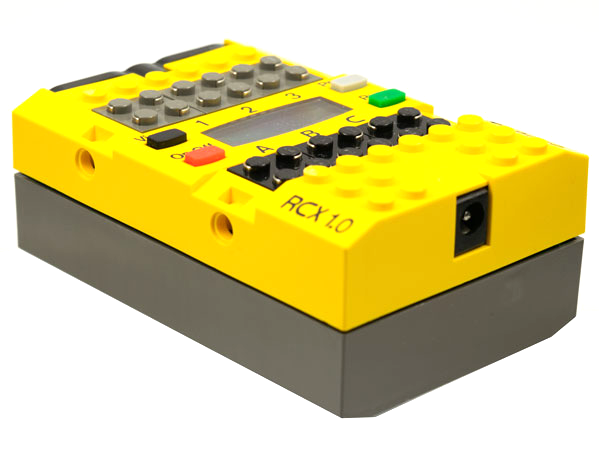Using Si5351A clock generator in Amateur Radio applications
If you are looking for a versatile and reliable clock generator for your amateur radio projects, you might want to consider the Si5351A chip from Silicon Labs. This chip can generate up to three independent outputs with frequencies ranging from 8 kHz to 160 MHz, with 0 ppm error. You can use it to replace crystals, crystal oscillators, VCXOs, PLLs, and fanout buffers in your circuits, and save space and cost. The Si5351A chip has an I2C interface, which makes it easy to control with an Arduino or any other microcontroller that supports I2C. You can set up the PLL…

